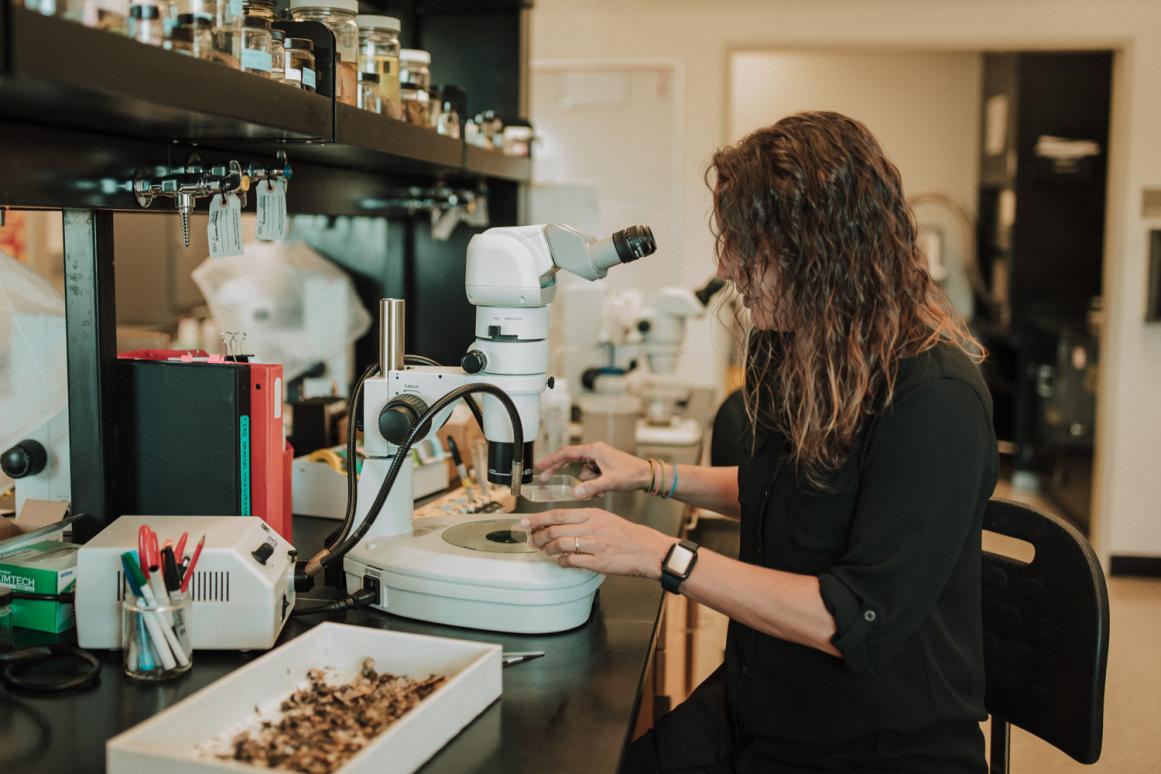Working to Close the Gap: HRI Leads in Educating Future Female Scientists

CORPUS CHRISTI — The Harte Research Institute for Gulf of Mexico Studies is leading the charge in educating the next generation of women in marine science, with 74 percent of its student population made up of female students.
But while women are closing the educational gap in the sciences like biology, HRI women leaders in science say there’s still work to be done in hiring more women in scientific workplaces.
“Institutions function better when they include diverse thoughts and perspectives, and this includes women,” said Dr. Jennifer Pollack, HRI Chair for Coastal Conservation and Restoration.
According to “Why So Few?” a report examining the representation of women in both science education and careers conducted by the American Association of University Women and supported by the National Science Foundation, women earn the majority of bachelor’s degrees in biology, one-half of bachelor’s degrees in chemistry, and nearly one-half in math, but a much smaller percentage of bachelor’s degrees awarded in physics, engineering, and computer science. In fact, women’s representation in computer science is actually declining.
According to the report, women are also better represented in graduate programs, but there is still some way to go: In 2006, women earned almost one-half of the doctorates in the biological and agricultural sciences; around one-third of the doctorates in earth, atmospheric, and ocean sciences, chemistry, and math; and approximately one-fifth of the doctorates in computer science, engineering, and physics.
Even while women are receiving science degrees and entering the science workforce in greater numbers, they are still attaining leadership roles and tenured faculty positions at a lower rate.
“It’s vitally important for women not only to be involved in STEM but to be leaders in STEM,” said Dr. Katya Wowk, HRI senior research scientist, director of the Texas OneGulf consortium and leader of the institute’s coastal community resiliency programs.
Before coming to HRI, Wowk held senior positions at the U.S. National Oceanic and Atmospheric Administration (NOAA), where she led efforts related to Hurricane Sandy Recovery, National Ocean Policy, and the National Drought Resilience Partnership.
“In the many research teams and committees I’ve been a part of, I’ve found that women offer different but valuable perspectives to how we view and solve societal problems,” Wowk said. “Yet still, in 2020, women are not on a level playing field with their male counterparts. This must change.”
Pollack pointed to a February 2019 study published in the journal Nature that found that nearly half of U.S. female scientists leave full-time science work after having their first child. By contrast only 23 percent of new fathers leave or cut their working hours. She stressed that including more women in leadership roles in scientific environments can ensure the students being educated within those institutions see a successful path ahead for them in the career environment.
“Although we are training lots of young women scientists, they are also leaving STEM professions at faster rates than we see for men, often because they don’t see a way to have both a career and a family,” said Pollack, who leads both her own coastal science lab here at HRI and has a young family at home. “For the young female STEM students that I interact with, I hope to provide them with encouragement and support to stick with science. The STEM field will be better because of their contributions.”
To see some of the research profiles of HRI's talented women students, visit our Facebook page.
